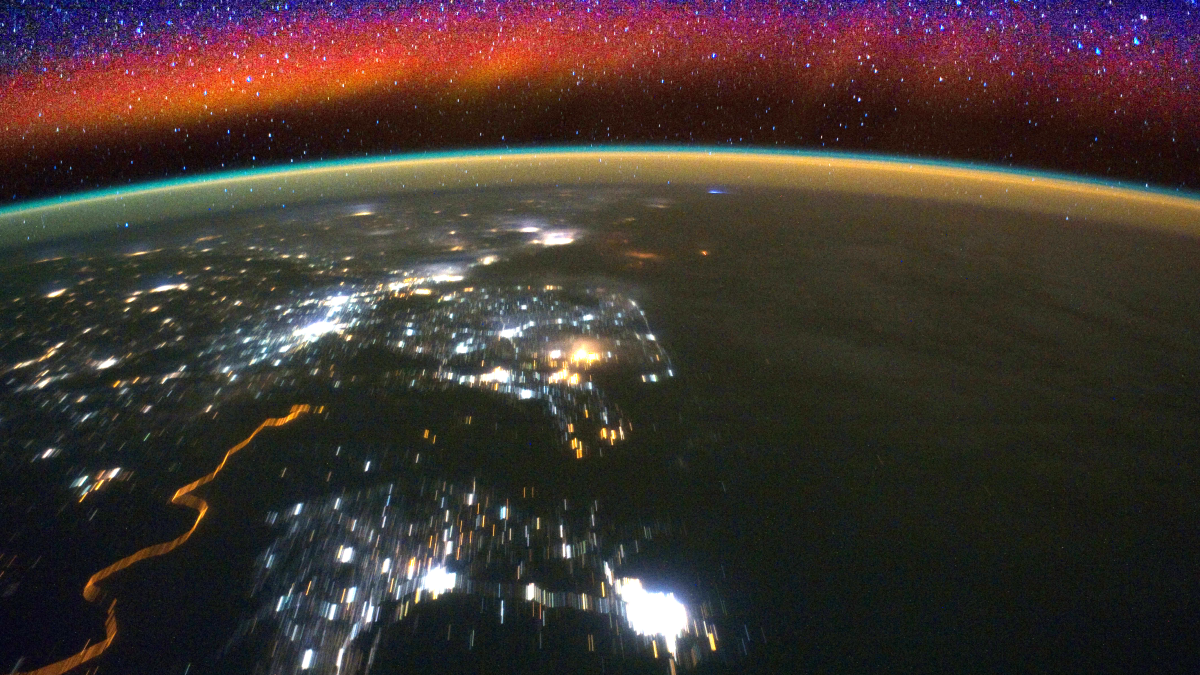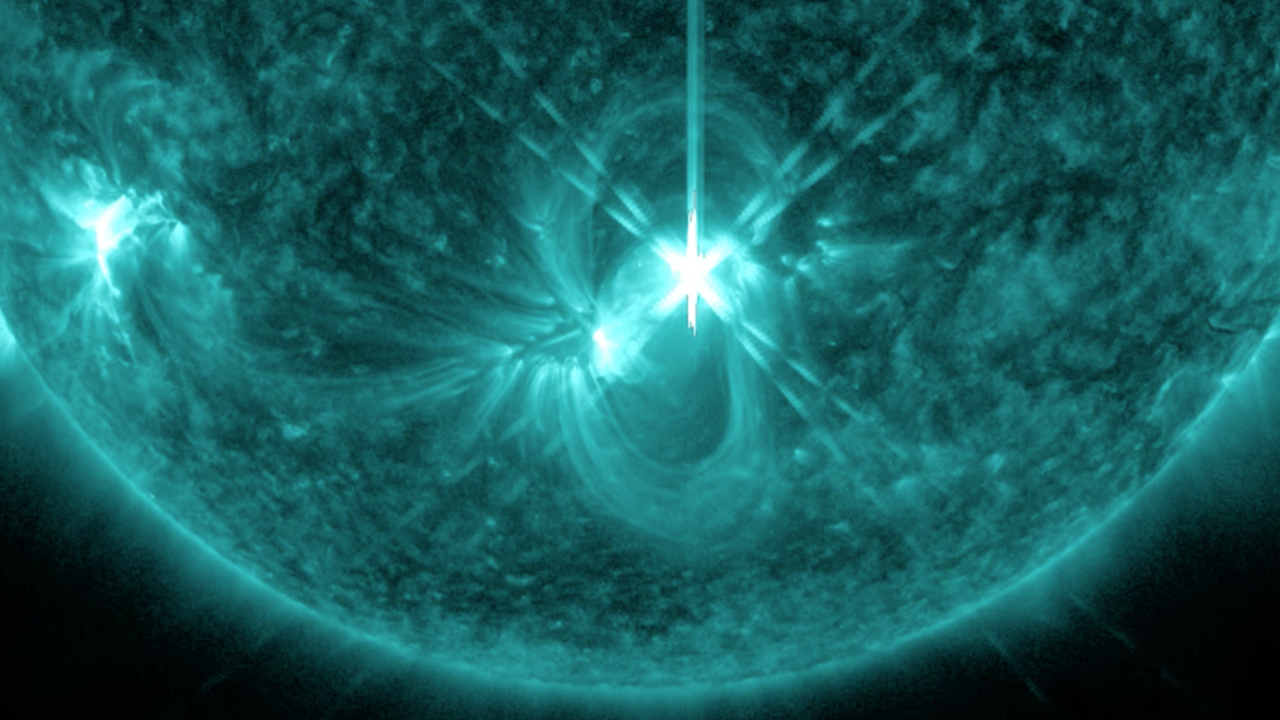DARPA launches 'Ouija' project to study radio signals in Earth's atmosphere with satellites
The ionosphere is notorious for affecting radio communications.

The U.S. military plans to launch satellites to learn more about how radio signals behave in part of the Earth's atmosphere.
The Defense Advanced Research Projects Agency (DARPA) has set up a new program, called Ouija, which will use sensors on "low-orbiting satellites" to track high-frequency radio waves in the ionosphere. DARPA has a solicitation for proposals available now for one part of the proposal and plans to release a second solicitation at another date.
The ionosphere is best known as the atmospheric zone where auroras roam, depending upon solar activity and the Earth's magnetic field. The Ouija program will focus on a region of the ionosphere roughly 125 miles to 185 miles (300 to 400 kilometers) in altitude — well below the orbit of the International Space Station, which zooms around our planet at an average height of 250 miles (400 km).
Characterizing how radio waves behave in this space will be crucial to help future warfighters work effectively, DARPA officials said in an April 22 statement. Signal propagation in the ionosphere is notoriously unpredictable, due to the high density of charged particles (mainly electrons) that can alter the path of radio signals.
The term "ionosphere" was first used in the 1920s, and by the 1950s the atmospheric zone's effect on radio waves was recognized by organizations such as the Institute of Radio Engineers, according to Britannica. Satellite studies of this region began shortly after the first space launch in 1957 and are still ongoing.
"Much of the early research on the ionosphere was carried out by radio engineers and was stimulated by the need to define the factors influencing long-range radio communication," Britannica stated.
The ionosphere's density can be altered by events such as solar activity and the 11-year solar-cycle, making it even more difficult to chart how radio communications are affected in this region. The sun, incidentally, is expected to peak in its cycle in 2025 and is already firing off numerous X-class or large flares in recent weeks.
Breaking space news, the latest updates on rocket launches, skywatching events and more!

DARPA plans to add its input to ionospheric research in two technical areas. The first is through delivering several small satellites to orbit, using the Ouija scientific payload to "measure electron density by both direct sampling, and indirectly via radio occultation using navigation satellites." This research area is available for proposals now.
DARPA highlighted the need for a high-frequency (HF) mission payload with a wide range of frequencies and low noise. Designing its antenna will be difficult, however, as the HF antennas optimized for such work tend to be long. Longer antennas are harder to deploy in space and can produce drag in the lower atmosphere.
The second technical area concerns a density model for electrons that would eventually be validated with on-orbit data. DARPA said more information about its expectations for this area would be provided at a later date.
Responses to the solicitation are due May 25.
Follow Elizabeth Howell on Twitter @howellspace. Follow us on Twitter @Spacedotcom and on Facebook.
Join our Space Forums to keep talking space on the latest missions, night sky and more! And if you have a news tip, correction or comment, let us know at: community@space.com.

Elizabeth Howell (she/her), Ph.D., was a staff writer in the spaceflight channel between 2022 and 2024 specializing in Canadian space news. She was contributing writer for Space.com for 10 years from 2012 to 2024. Elizabeth's reporting includes multiple exclusives with the White House, leading world coverage about a lost-and-found space tomato on the International Space Station, witnessing five human spaceflight launches on two continents, flying parabolic, working inside a spacesuit, and participating in a simulated Mars mission. Her latest book, "Why Am I Taller?" (ECW Press, 2022) is co-written with astronaut Dave Williams.
